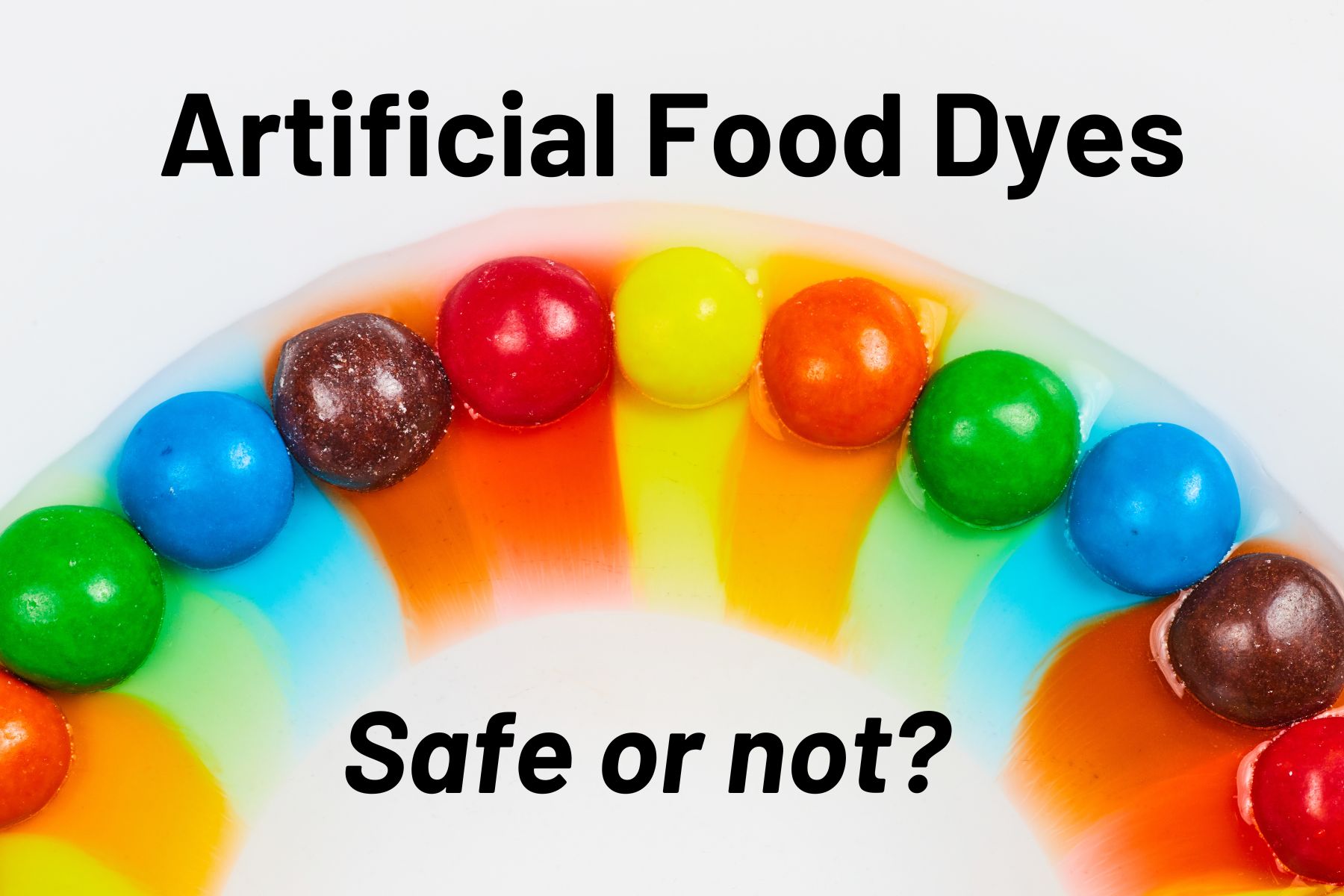Beyond the Vibrant Hue: Understanding the Health Risks Associated with Red 40 and Other Food Dyes
January 16, 2024
Introduction to Artificial Food Dyes
Artificial food dyes have become a common ingredient in many processed foods. Food dyes, synthesized originally from coal tar and now petroleum, have long been controversial. Many dyes have been banned because of their adverse effects on laboratory animals. These vibrant hues add an appealing aesthetic to our meals, making them visually enticing. However, it is essential to look beyond the vibrant colors and understand the potential health risks associated with these additives. In this article, we will delve into the world of food dyes, focusing particularly on Red 40 and other commonly used dyes. By gaining a deeper understanding of these additives, we can make informed choices about the foods we consume.
What is Red 40 and Other Food Dyes?
Red 40 is a synthetic dye that falls under the category of azo dyes. It is widely used in the food industry to give products a bright red color. However, it is not the only food dye of concern. Other commonly used food dyes include Blue 1, Yellow 5, and Yellow 6. These dyes are also synthetic and are used to add blue and yellow hues to various food items. While they may enhance the appearance of our food, their potential health risks cannot be overlooked.
The Prevalence of Food Dyes in the Food Industry
Food dyes have become pervasive in the food industry. They can be found in a wide range of products, including candies, sodas, cereals, and even baked goods. The vibrant colors provided by these dyes make the products more appealing to consumers, especially children. However, the widespread use of food dyes raises concerns about their long-term effects on human health.
Health Risks Associated with Red 40 and Other Food Dyes
Numerous research studies have been conducted to investigate the potential health risks associated with food dyes, including Red 40. While the results are not conclusive, some studies have shown a link between food dyes and certain health issues. For instance, there is evidence to suggest that food dyes may contribute to hyperactivity and behavioral problems in children. Additionally, some studies have raised concerns about the possible carcinogenic effects of certain food dyes. While more research is needed to fully understand the long-term impact of food dyes on human health, it is important to consider these potential risks.
Research Studies on the Health Effects of Food Dyes
Several research studies have explored the health effects of food dyes, including Red 40 and other commonly used dyes. One study conducted on children found that eliminating food dyes from their diet resulted in reduced hyperactivity and improved attention span. Another study indicated a potential link between food dyes and allergic reactions, such as hives and asthma attacks. While these studies provide valuable insights, it is essential to interpret the findings cautiously, as more research is needed to establish conclusive evidence.
Risks of Food Dyes to Children
Children are particularly vulnerable to the potential risks associated with food dyes. Their developing bodies may react differently to these additives compared to adults. Some studies have suggested that food dyes can exacerbate symptoms in children with attention deficit hyperactivity disorder (ADHD) and other behavioral disorders. It is important for parents and caregivers to be aware of the potential risks and consider alternative options when it comes to their children's diets.
Regulation of Food Dyes by the FDA
The use of food dyes is regulated by the U.S. Food and Drug Administration (FDA). However, it is important to note that the FDA allows some food dyes, including Red 40, to be used in certain quantities. The FDA has determined that these dyes are safe for consumption based on the available scientific evidence. Nevertheless, it is crucial to remember that regulatory standards may not necessarily guarantee the absence of all potential risks. Therefore, it is advisable to be mindful of the foods we consume and make informed choices.
How to Read Food Labels to Avoid Food Dyes
One way to minimize exposure to food dyes is to read food labels carefully. Manufacturers are required to list the ingredients used in their products, including any food dyes. Look for specific dye names, such as Red 40, Blue 1, Yellow 5, and Yellow 6, in the ingredient list. By being vigilant and choosing products without these additives, you can reduce your intake of artificial food dyes.
Alternatives to Food Dyes
Fortunately, there are natural alternatives to artificial food dyes. Many natural ingredients can be used to create vibrant colors in food, such as beet powder, turmeric, and spirulina. These natural alternatives not only add color but also provide additional health benefits. By opting for products that use natural food dyes, you can enjoy visually appealing meals without the potential risks associated with their artificial counterparts.
Conclusion: Making Informed Choices About Food Dyes
In conclusion, it is crucial to look beyond the vibrant hues of food dyes and consider the potential health risks they may pose. While the evidence is not definitive, several studies suggest a link between food dyes, including Red 40, and various health issues. Children, in particular, may be more susceptible to the effects of these additives. By reading food labels and choosing products without artificial food dyes, we can make informed decisions about the foods we consume.
Mother Earth Natural Health is proud to carry all dye-free products, ensuring that you can trust your source for quality, therapeutic products. There is no proven need for artificial food dyes in products for people or pets. Let's prioritize our health and well-being by minimizing our consumption of artificial food dyes and opting for natural alternatives.

